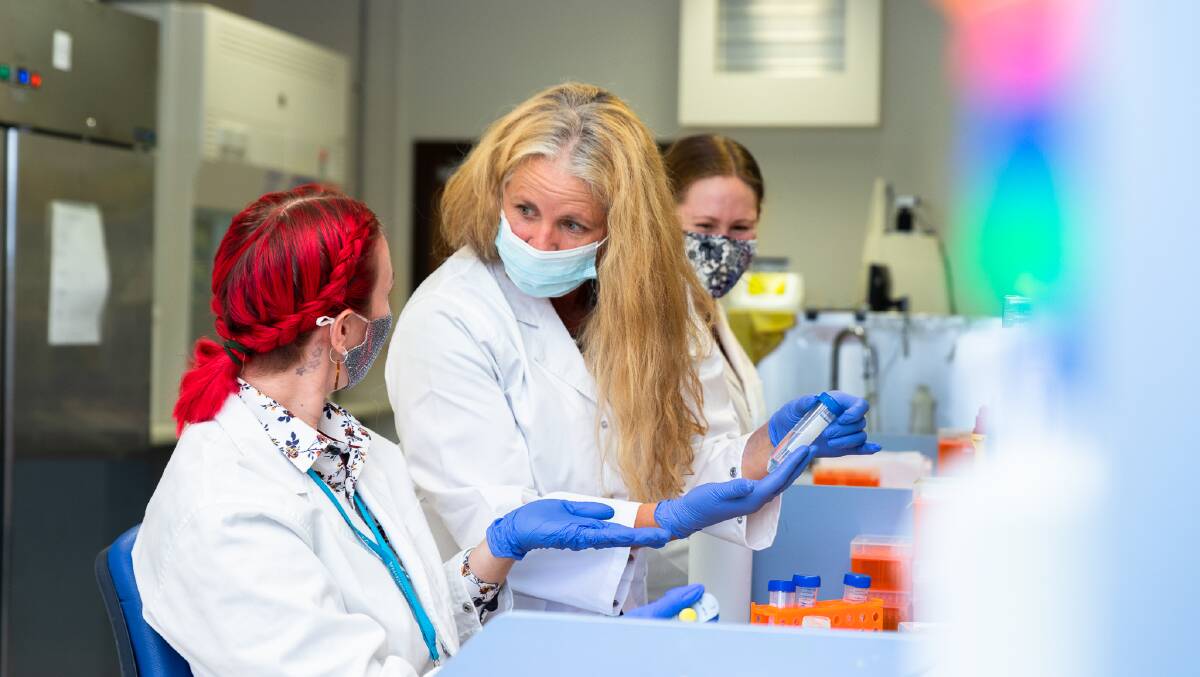
The University of Canberra will set the national standard on a technique for discovering pests lurking in imported goods.
A new National eDNA Reference Centre will be set up at the university in partnership with the Department of Agriculture, Water and the Environment to expand the technology across the country.
Professor Dianne Gleeson formed an environmental DNA (eDNA) research group in 2013 alongside the Centre for Invasive Species Solutions.
The technology involves taking samples from the environment and testing them for DNA shed by organism, including skin, hair, urine, faecal matter and tissue.
The technique is fast, mobile, very sensitive and has transformed surveillance of pests at the borders.
"The work that we've been doing recently with the khapra beetle has been using dust samples from shipping containers where we suck up the dust, extract the DNA and we look for a sign of the species," Professor Gleeson said.
"Currently Australia is free of that species and it puts it in a very good market position internationally... because otherwise it's a massive pest and a massive problem for the grain industry so it could be really destructive if it arrives."
The researchers can also detect RNA, which is transcribed from DNA to create proteins but doesn't last as long in the environment.
If RNA is present in a shipping container, there's a good chance there's live insects or larvae nearby.
eDNA can also be used to detect invasive species in the environment, such as carp, and help track endangered species being released into the wild.
"Some other work that we were doing was on corroboree frogs... these really beautiful, really highly endangered frogs.
"The reintroduction programs for those for that species has been really enhanced by things like eDNA because you can see how successful your reintroduction program is at that early stage as opposed to having to wait a lot longer to see evidence for adults."
It's hoped eventually only a sample of air will be needed to detect pests.
Secretary of the Department of Agriculture, Water and the Environment Andrew Metcalfe said the new centre was a critical part of the department's national eDNA testing program and biosecurity decisions.
"While the program will have the capacity for broad risk management application, our immediate focus is to address risks associated with khapra beetle and high-priority hitchhiker pests generally," he said.
Professor Gleeson said it was great for the university to be recognised for its expertise in this area through the Australian government's $7 million investment.
"It basically means that we set the standards, we oversee how the protocols all work, and then we can work with other laboratories all around Australia to make sure that everyone's doing it to the same quality, the same standards."







